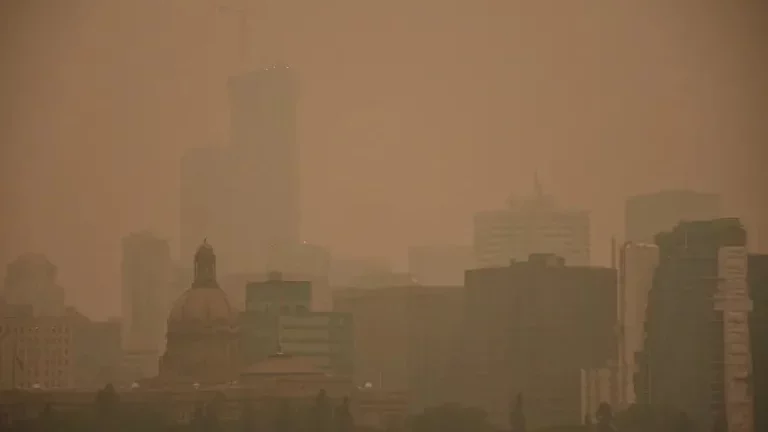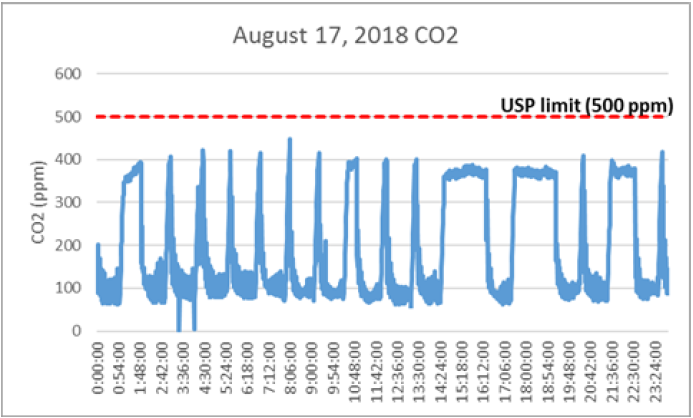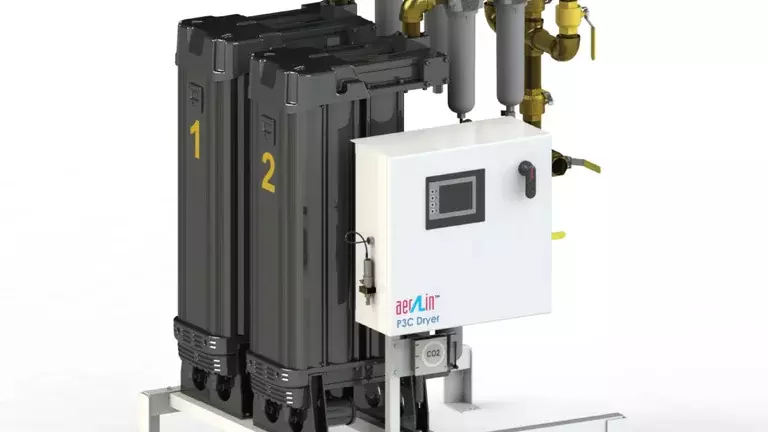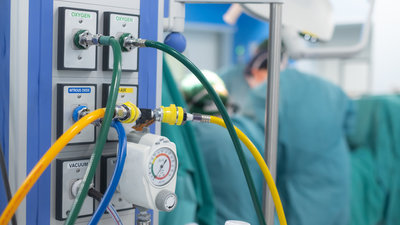The day Edmonton went dark: Preparing for CO level spikes during emergencies
On August 2018, smoke from B.C. wildfires gave Edmonton the worst air quality in the world. How did that impact medical air quality in hospitals?
Published on July 01, 2022
4 minutes

On August 17, 2018 Edmonton had the worst air quality in the world. Among thousands of urban areas in 85 countries around the world, with a population of more than 250,000 people, Edmonton had the worst air quality.
The poor outdoor air quality was not limited with just one day or one city. That day crowned weeks of smoky air in Edmonton due to the forest fires in BC and the USA. Prince George had even worse air quality than Edmonton but it was excluded from the rating as its population is below 250,000 people.
When the outdoor air is bad, Health Authorities recommend limiting your exposure to it, especially if you suffer from a respiratory disease. Fine particulate matter (PM 2.5) gets most attention followed by gaseous pollutants.
Most Canadian hospitals make the medical air they treat patients with, and although a CSA compliant and well maintained medical air system will do a great job filtering fine particles, it does little to remove or even monitor gaseous chemical contaminants associated with smoke, namely carbon monoxide (CO) and carbon dioxide (CO2).
So what happened with CO and CO2 in medical air during the week long stretch of bad quality air in Edmonton?
At least one hospital reported multiple CO alarms (i.e. CO level greater than the USP limit of 10 ppm). After reaching CO levels of 16 ppm the facility decided to suspend production of medical air and used Medical Oxygen as an alternative in order to protect patients.
At another site - the only hospital in Edmonton equipped with Air Liquide Healthcare’s revolutionary P3C (Patient Protect Purge Control) dryer - the dryer worked overtime and purged virtually every hour to prevent excessive levels of CO2 from being delivered to patients. Here is how it looked on that day:
The P3C dryer was developed in Canada by Air Liquide Healthcare specifically to address the CO2 catch and release effect common to all desiccant air dryers. In addition to forcing a tower purge on measured humidity, the P3C dryer also measures CO2 and forces a purge before it surpasses the USP formula limit of 500 ppm.
This CO2 catch and release by desiccant dryer effect is well documented and more information can be found in these articles:
Onsite production of medical air: is purity a problem?
Medical Air: What you don’t know won’t hurt you, but what about your patients?
But what about the main active ingredient in medical air - oxygen?
Could the sudden releases of CO2 impact oxygen content at bedside by displacing it from the air? Theoretically, this is quite possible. Typical desiccants used in medical air dryers could potentially capture and release up to 28.5 liters of CO2 per kg. So a dryer containing 8 kg of desiccant (typical for a large hospital), could produce a CO2 bolus that lasts 45.6 seconds at 5 LPM patient flow.
What does this all mean for Facility Managers? Here are some best practices:
- Air Liquide Healthcare recommends including onsite production of medical air within every facility’s Code Grey (Air Exclusion code for hospitals in Alberta) preparedness plan.
- To ensure accuracy calibrate your Medical Air system chemical sensors (such as CO) after every alarm or prolonged exposure to the element they measure. The CO sensors at both hospitals mentioned above exhibited minor exposure drift and were calibrated by Air Liquide Healthcare technical services.
- Have a procedure to restart the medical air system after a quality related shut down. The procedure should include means to ensure that quality (i.e. off spec) condition has normalized.
- Consider installing/calibrating oxygen monitors on equipment that uses wall Medical Air such as NICU isolettes.
- Complete a Medical Air Quality Risk Analysis as required by CSA Z7396.1-2017 and decide on what, if any, additional Quality Control measures, such as aerALin™ Medical Air Quality Control system or P3C dryer, is required. The Medical Air Risk Analysis template is available here.
Do you need pricing or more information?
Our team will listen to your needs and answer your questions, to help identify the right equipment and services for your facility.
Write us
Talk to us
Visit us
6990 Creditview Road, Unit 6
Mississauga, ON L5N 8R9
-
The day Edmonton went dark: Preparing for CO level spikes during emergencies
Download the document PDF (292.15 KB) -
Onsite production of medical air: Is purity a problem?
Download the document PDF (692.94 KB) -
Medical Air: What you don’t know won’t hurt you, but what about your patients?
Download the document PDF (760.21 KB) -
Medical Air: A Risk Assessment
Download the document PDF (1.39 MB) -
Medical Air: Whitepaper
Download the document PDF (1.08 MB)








